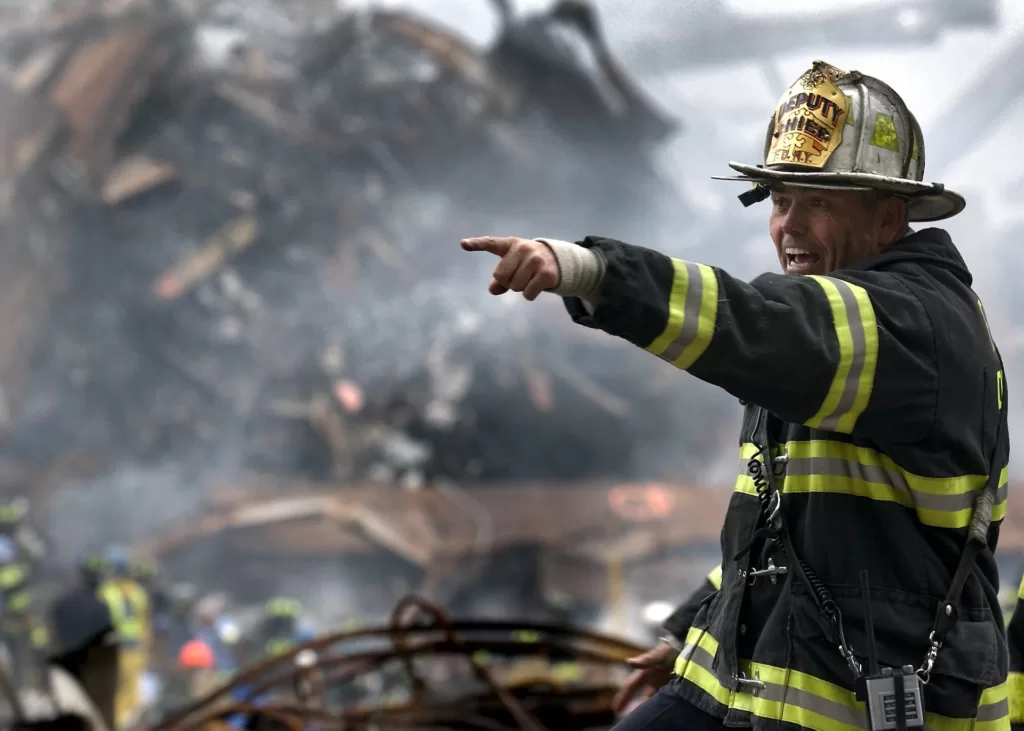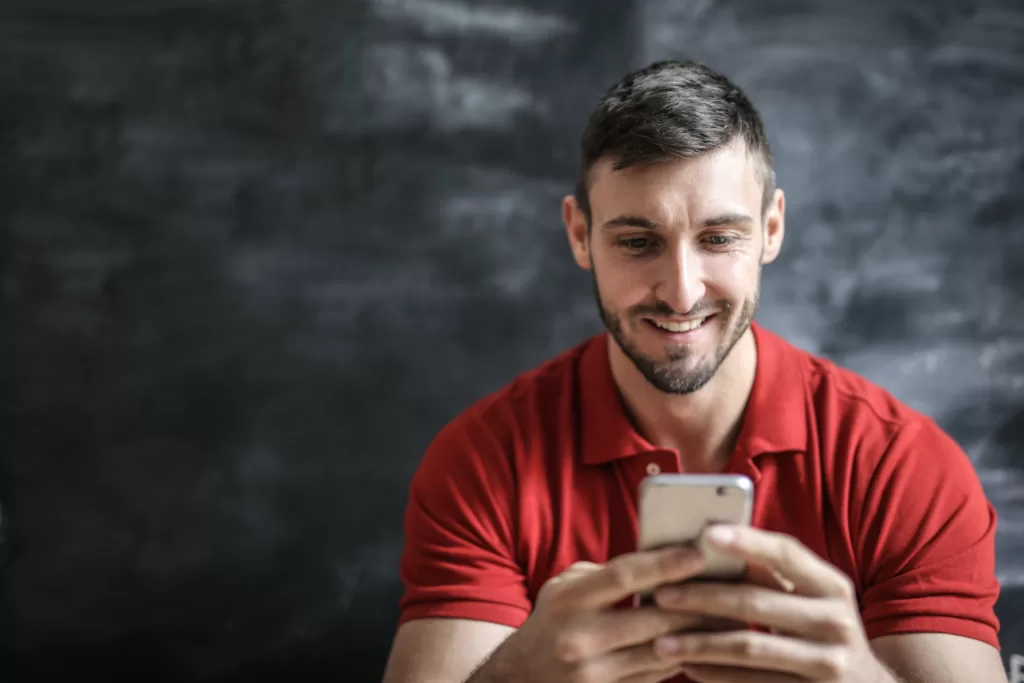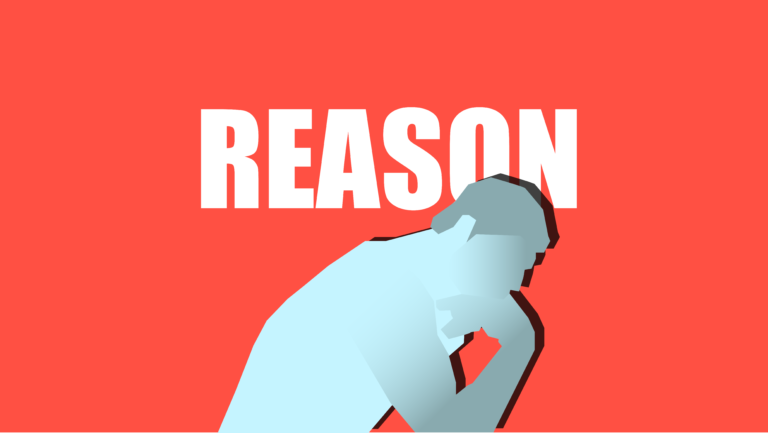Introduction (Important).
People often underestimate the profound impact of incorporating hand gestures while talking on their confidence, engagement, and comprehension during communication.
While hand gestures can dramatically change how you communicate with others, it can be challenging to use them, as most people don’t know what to do with their hands and arms. I’ve therefore put together a list of gestures that can be used in most of your conversations. You can just copy them and begin your journey with gestures.
Note:
- Some useful rules are also provided at the end.
- Also read: 15 Tactics to Become an Engaging Talker and Explainer.
- 30-Day Challenge: Make Your Speaking Voice Louder.
Table of Contents
- Introduction (Important).
- How to practice?
- 1. Pointing towards something.
- 2. Pointing towards a person.
- 3. The comparison.
- 4. The combination.
- 5. The size.
- 6. The count.
- 7. The origin.
- 8. Quiet.
- 9. Mind blown.
- 10. The timeline.
- 11. The look/read.
- 12. Me/We/US.
- 13. The question.
- 14. Air quotes.
- 15. The finger-snap.
- 16. The collision.
- 17. The stop.
- 18. The headache.
- 19. The Keyboard.
- 20. The phone.
- Rules of gestures.
How to practice?
- Follow our 30-day challenge to put your new skills to the test. On day 1, you must use four of the hand gestures listed below when no one else is nearby. You’ll pretend to talk to someone you know for 10 minutes. Get creative with their usage.
- The next day, you would use the same four gestures, but this time, while talking to a real person. The person doesn’t have to be the same with each gesture.
- If you do it for less than 10 minutes you repeat the day’s challenge. If you missed one of the four gestures, you repeat the challenge.
- Now, repeat with a different set of four gestures.
- If everything went according to plan (which it probably won’t), using all gestures will take 10 days. Then you’d repeat the process again, twice. Making it a 30-day process. You can choose the combination of the gestures you’d like to use. Just make sure all of them are included in the span of 10 days.
- Plan all 30 days before starting the challenge by writing it down somewhere. You can redo this challenge anytime.
1. Pointing towards something.
You probably use this one already. To use this gesture, you point towards a place or a thing using your index finger. Make sure you extend your arm fully while pointing. Your elbow shouldn’t be bent too much.

2. Pointing towards a person.
This one’s different because you shouldn’t use your index finger to point towards a person. Pointing with an index finger is associated with an accusation or a threat. So, you should use your whole hand while showing your palm, to point at someone.

3. The comparison.
This method divides the space in front of you into two horizontally while comparing two things. One of your hands represents one thing, and another one represents the other thing. For example, in the video clip linked below Andy Galpin uses his right hand and side to represent “the flexibility of carbohydrates”, while his left hand and side represent “the unlimited capacity of fat”.
4. The combination.
To show how two things combine, overlap or relate, show both of your palms to your listener and slowly put one hand over the other. It can also be used to show how two things split up. To do that, put one of your hands on the other, palms facing the listener, then slowly split the two. Some use cases include showing how one company split to become two new companies or how oil prices and airfares correlate almost perfectly. For example, here Jordan Peterson uses this gesture to show how the curves of agreeableness in men and women overlap:
5. The size.
You use both of your hands to show how big or small something is. Although, you can’t show something bigger than your arm span.

6. The count.
To show the quantity of something that’s less than 10, you can use your fingers. You can also use this gesture while listing something. Here’s an example:
7. The origin.
You can use one or both of your hands for this one.
One hand: make a loose fist facing upwards and slowly open your fist while your hand moves upwards like it’s showing something emerging. With space between the fingers.
Two hands: put both of your hands close to each other making a loose fist. Then slowly open the fists while your hands move upwards and away from each other. With space between the fingers.
You can use this one to show something giving rise to another. And using two hands you can show something spreading from someplace or someone, like a disease spreading from a town.
In this example Jordan Peterson uses this gesture to show how an ethic emerges biologically:
8. Quiet.
This one’s simple, just put your index finger on your mouth to tell someone to keep quiet but, it can be quite rude. So, I recommend you use this only when telling someone to not reveal “the secret”, jokingly telling someone to be quiet when he/she asks you a question or telling others how someone told you to stay quiet. To use it directly, make sure you’re using it to address a group of people instead of just one person.

9. Mind blown.
When telling someone something blew your mind, you put both of your hands on your head and pretend your head is a bomb which just blew. You can use this before starting your story to get people excited about the story or just reply with this gesture when someone asks you about a movie, for example. Here’s an example video:
10. The timeline.
This gesture is used to show a timeline of events, i.e., how one thing follows/precedes another in time or order. You mostly use one arm to do this. Using one of your hands you slowly hop your hand towards a side, showing each event that occurred.
11. The look/read.
You use this one while showing how you or someone else was looking at their phones or reading a book. Here’s an example:
12. Me/We/US.
Bringing both of your hands towards your chest (your palms facing you), you show how you or the person/group of people (we) you’re talking to, think, thought, did or do something. Like saying “We all love swimming, right?” Here’s an example:
13. The question.
Extending both of your arms on your side, your palms are facing upwards. Make sure there’s enough space between your upper arms and your body, making your gestures wide.
Watch this for an example:
14. Air quotes.
The gesture is typically done with both of your hands held shoulder-width apart, at your eye or shoulders level. With your index and middle fingers on each hand flexing at the beginning and end of the word/phrase being quoted. Air quotes are often used to express sarcasm, irony or euphemism. Here’s an example:
15. The finger-snap.
Using your fingers to make a snapping sound by building tension between your ring finger and your thumb and then making your ring finger forcefully hit the palm of your hand is called finger snapping. You use this gesture to show the impact or speed of something (by doing it multiple times). It can also be used to grab someone’s attention. For example, you can say, “he was crossing the road and the car just hit him (finger snap), out of nowhere” or “she solved the math problem like this (three continuous finger snaps).
16. The collision.
You bring both of your hands together & collide them to make a sound. One hand could be kept open while the other could be made a fist. Here’s an example:
17. The stop.
Showing one or both of your palm(s) to someone while you slightly move it/them back & forth, between your listener and you, is a gesture used to ask someone to stop, pause, do something slowly, etc.
18. The headache.
This gesture is used to show frustration, headache, intense thinking and dilemma. You put both of your hands on your temple to show this gesture. You can use it while saying something like “my homework caused me headaches” or “I wasn’t able to decide between the two at all”.

19. The Keyboard.
This gesture is used to show someone using his/her computer for anything, especially for work. Pretend you’re typing on a keyboard fast to show this gesture. You can say “she was really focused on her work even that late at night” while using this gesture, for example.
20. The phone.
This one’s similar to the last one. To show this gesture, you bring both of your hands together like you’re typing on your smartphone using your thumbs. It’s used to show focus, distraction, addiction, texting, boredom or anything else associated with using a smartphone. For example, you can use this gesture while saying “while everyone was talking with each other, he was sitting in the corner quietly using his phone”.

Rules of gestures.
- Rule 1: Keep your gestures as wide as possible, making sure there’s a space between your body and your upper arms. For a more feminine version, make sure your arms are closer to your upper body.
- Rule 2: Try to show the palm of your hands to your listener(s) while using gestures as it makes you appear more trustworthy and convincing.
- Rule 3: Use all the space around your body to show gestures. Most people make the mistake of assuming that gestures can only be used in front of their bodies.
- Rule 4: Keep a little muscular tension in your wrists and fingers for more masculine gestures and keep your wrists & fingers loose for a more feminine version.
- Rule 5: Make sure your gestures are slow and smooth most of the time.
Thanks for reading. Don’t forget to subscribe to our newsletter and notified each time we post something. More unorthodox tactics are coming!
Read more about hand gestures here.




There’s certainly a great deal to learn about this subject.
I love all the points you made.
I think the admin of this website is truly working hard in favor of his web page,
because here every stuff is quality based information.
This is exactly what I needed. Let’s try these!